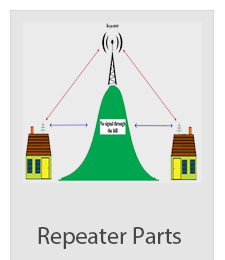Virtual Surround Sound Works
When it comes to home theater, a lot of people think big -- a big picture and lots of sound coming from a widescreen TV and an array of speakers. But the typical home-theater setup, with its surround-sound speakers and subwoofer, won't work for every home. Some people don't have enough room for all of that equipment. Others don't want their living rooms cluttered with cables, or they don't want the hassle of adjusting the placement and height of lots of speakers.
That's where virtual surround sound comes in. It mimics the effect of a multi-speaker surround-sound system, but it uses fewer speakers and fewer cables. These systems come in two primary varieties -- 2.1 surround and digital sound projection. Most of the time, 2.1-surround systems use two speakers placed in front of the listener and a subwoofer placed somewhere else in the room. These recreate the effect of a 5.1 surround-sound system, which has five speakers and a subwoofer. Digital sound projectors, on the other hand, tend to use a single strip of small speakers to produce sound. Many digital sound projectors do not include a subwoofer.
Regardless of their exact setup, these systems work on the same basic principles. They use a number of techniques to modify sound waves so that they seem to come from more speakers than are really there. These techniques came from the study of psychoacoustics, or the manner in which people perceive sound. In this article, we'll explore the traits of human hearing that allow two speakers to sound like five, as well as what to keep in mind if you shop for a virtual surround-sound system.
|

















